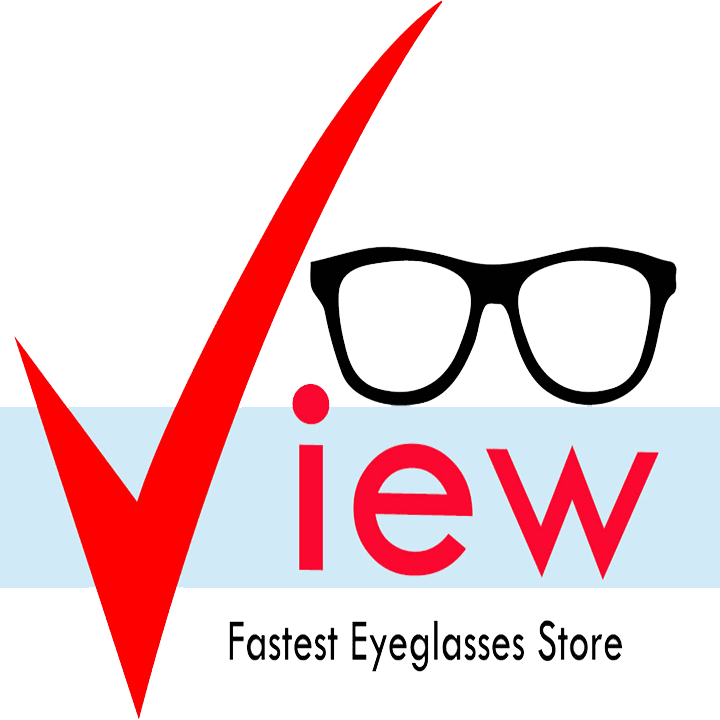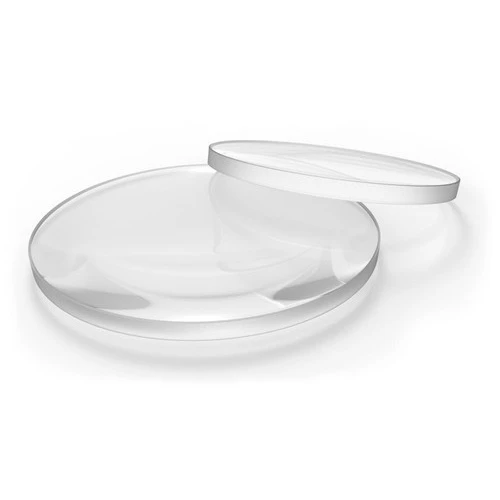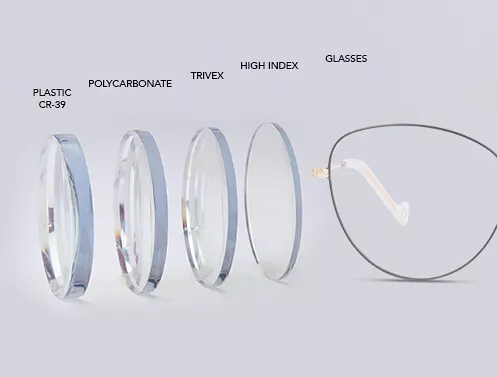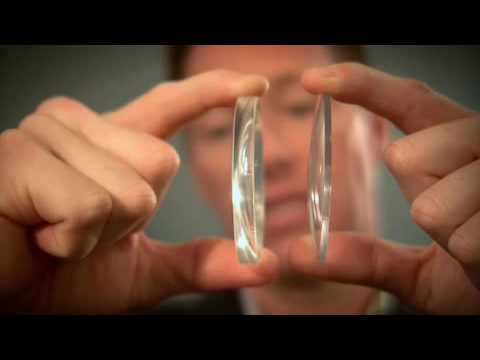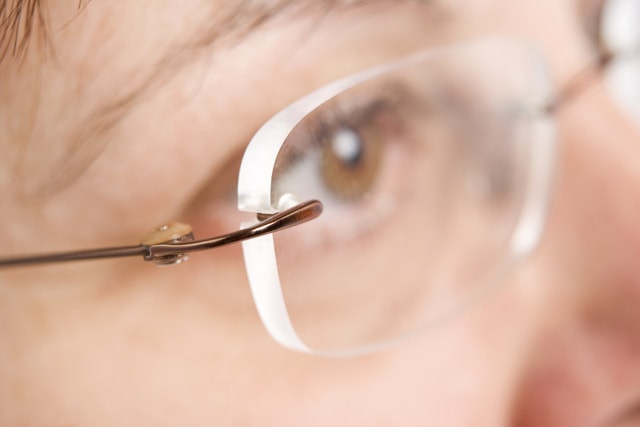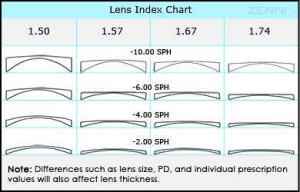Solar Retina Disease
Solar Retina Disease https://vieweyes.com/wp-content/uploads/2015/06/images.jpg 275 183 jometry1 https://secure.gravatar.com/avatar/7486e1f60e2e06f25469185dfc318e41?s=96&d=mm&r=gDr Ling Zhou, Doctor Of Optometrist
Solar retinopathy (also known as, photic retinopathy, foveomacular retinitis, solar retinitis, and eclipse retinopathy) refers to a photochemical toxicity and resultant injury to retinal tissues, usually occurring at the fovea. This entity is commonly associated with sun-gazing or eclipse viewing, and often results in mild-to-moderate visual acuity deficit and/or central or paracentral scotomata. Recovery is spontaneous in nature and occurs over the course of 3-6 months after the inciting event, though visual recovery may be incomplete and patient may suffer from permanent visual acuity deficits and central or paracentral scotomata.
Disease
Solar (or photic) retinopathy refers to a pathophysiologic entity causing visual disturbance sustained during or after prolonged or high intensity exposure of the foveomacular retinal tissue to light energy.
General Pathology
Histopathalogic analysis of rhesus monkey retinae after prolonged light exposure helped characterize the histopathologic changes observed in solar other photoxic retinopathies. As early as day 2 post-exposure, major changes were observed mainly in and about the retinal pigmented epithelium (RPE). RPE disruption was evident throughout the exposed area, sometimes associated with choroidal damage. Pigmentary changes of the RPE were noted as macrophages were observed engulfing melanosomes in the subretinal space. Resolution of these findings can be seen by 10 days after injury.10
In 1993, ultrastructural pathologic changes of solar retinopathy were explored by Hope-Ross, et al., who had the cooperation of a 65 year-old man scheduled for enucleation for choroidal melanoma. The patient agreed to stare into the sun 6 days prior to enucleation. Findings included photoreceptor changes including vesiculation and fragmentation of photoreceptor lamellae, the presence of whirls within disc membranes, mitochondrial swelling and nuclear pyknosis. Retinal Pigment epithelial cells in the affected area showed plasma membrane changes, smooth endoplasmic reticulum swelling, and changes in lipofuscin granule structure.11
Pathophysiology
The mechanism by which retinal tissue damage occurs in solar retinopathy is photomechanical in nature. Photochemical retinal injury is believed to be a product of free radical formation. Two mechanisms of free radical formation have been proposed. First, absorption of light energy by a molecule causes an electron to enter an “excitation state”, with free radical formation being a means by which such an electron can return to the “ground state” energy level. In returning to the “ground state” energy level, an excited state electron splits a bond within another molecule, forming a free radical.9 Second, light energy absorption can cause excitation of and direct transfer of energy from an intraretinal chromophore – flavoproteins, heme proteins, melanosomes, lipofuscin, and photoreceptors themselves – to oxygen, creating a reactive oxygen species.9 Furthermore, the photochemical injury to the retinal tissues may be thermally enhanced8.
Primary prevention
Prevention of solar retinopathy is in fact the mainstay of therapy. Primary prevention of solar retinopathy includes refraining from direct sun-gazing or eclipse-viewing.
Diagnosis Diagnosis is made based on history and examination findings including physical/biomicroscopic examination of the fundus, as well as diagnostic imaging, such as FA and OCT.
History
Obtaining a good history is important for making a clinical diagnosis of solar or photic retinopathy. Sun-gazing, eclipse-viewing, occupational hazards such as welding without a welding helmet or welding goggles, repeated flash-photography, recent cataract extraction or other ophthalmologic operative procedures may be endorsed by the patient or may require pointed interrogation. Furthermore, cognizance on the part of the ophthalmologist of solar and other astronomical phenomena, such as solar eclipse, may aid in teasing out pertinent history from patients that raise suspicion for solar retinopathy.
Symptoms
Symptoms commonly present within hours of exposure and include blurry vision and central or paracentral blind spot in one, or more commonly, both eyes. Additional complaints may include dyschromatopsia, metamorphopsia, micropsia, frontotemporal headache
Signs Decreased Visual Acuity, usually to a level of 20/25 – 20/100, but possibly worse
Management
Observation only.
Medical therapy
No known beneficial treatment exists for solar retinopathy. Prevention is through education is paramount.
Medical Follow-up
Regular follow-up through the acute phase of disease is at the discretion of the physician.
Prognosis
The bulk of visual acuity improvement has been noted to take place in the first 1 and 6 months after the photoxic event.7, 13,14 Despite more moderate vision loss at presentation, most patients ultimately return to a visual acuity level of 20/20-20/40.7 Improvement has been shown to be achieved earlier and more robustly in patients with visual acuity of 0.2 logMAR (20/30 Snellen visual acuity) at presentation.12 Furthermore, a correlation was found between initial visual acuity and fundoscopic appearance 2 weeks after the phototoxic event.12 Unfortunately, metamorphopsia and central or paracentral scotomata, including those that show some improvement initially, may become permanent.7, 14
